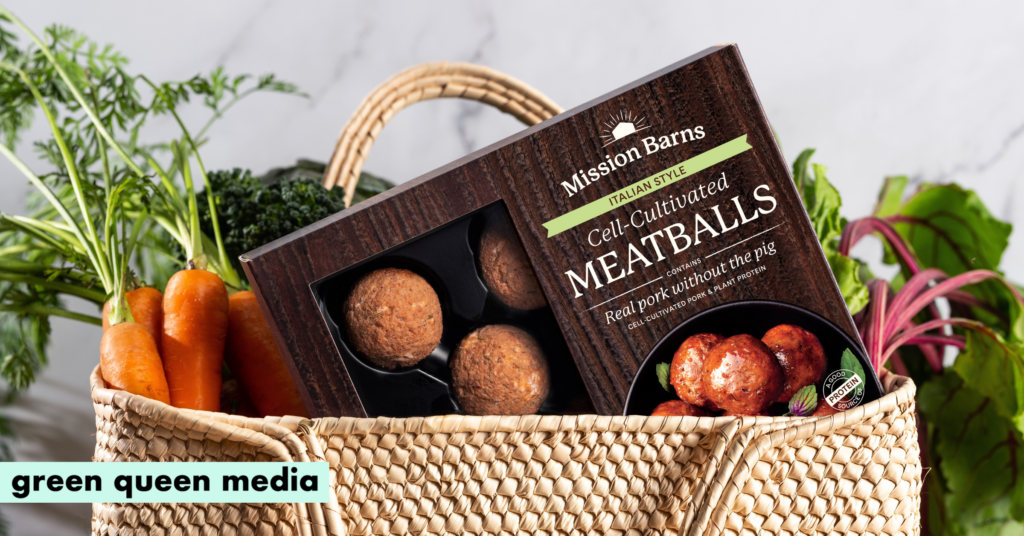

Political messages mixed with energetic rock vibes at the When We Were Young festival in Las Vegas.
The fourth annual iteration of the 7-Eleven-sponsored event — celebrating all things pop-punk, emo and hardcore punk — took place at…

Chinese commercial space firm LandSpace’s Zhuque-3 rocket Photo: Courtesy of LandSpace
Elon Musk, CEO of US private space firm SpaceX, said on Thursday that several Chinese reusable carrier rockets have added aspects of Starship and to a Falcon…

Meghan Markle teased fans…

The Thunder defeat the Pacers 141-135, improving to 2-0 and becoming the first team in NBA history to go to double overtime in each of their first two games.
INDIANAPOLIS – As if seven games over 18 days back in June weren’t enough – a…

The Capulets and Montagues are sworn enemies. Yet it is love at first sight for Romeo Montague and Juliet Capulet when they meet each other at the Capulet ball, into which Romeo has snuck. The two fall in love and they profess their devotion to…